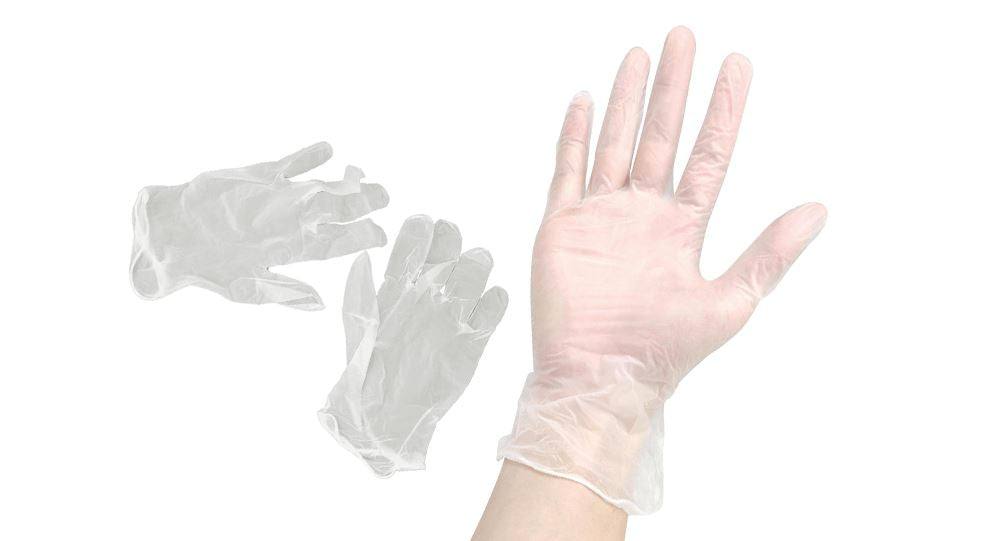
How Vinyl Gloves Are Made
Vinyl is a synthetic material which has similar properties to latex or natural rubber. However, latex triggers allergies in some people while vinyl does not. Vinyl gloves also do not rely on the global supply of rubber which is a natural material, and this makes vinyl more affordable. Vinyl gloves are latex-free and is a superior choice when it comes to people with allergies or sensitive skin. Vinyl gloves offer both barrier protection and tactile sensitivity from many common chemicals that may cause bodily harm when coming into contact with the skin.
What Are Vinyl Gloves Made From?
Vinyl contains polyvinyl chloride (PVC). PVC is a very versatile substance, it can be shaped into hard surfaces like pipes, but it can also be shaped into soft items such as fabrics. To make vinyl gloves, PVC is treated by adding plasticizers to vinyl to increase flexibility. PVC is an inexpensive material, and the glove making process is relatively simple, resulting in vinyl gloves being very affordable. This makes vinyl gloves the ideal choice for any work setting where glove changes are frequently required.
How Are Vinyl Gloves Made?
Vinyl glove manufacturing starts with molds in the shape of the human hand. The molds are washed and dried to remove any contaminants. The molds are then coated with calcium nitrate and calcium carbonate to help the PVC stick, and then dried afterwards. Once dry, the molds are then immersed into a vat of liquid PVC. Once a thin layer of PVC adheres to the molds, they are dried, and then the finished gloves are removed from the molds.
How Are Vinyl Medical Gloves Tested?
Vinyl gloves are used in the medical and healthcare fields, so they are meticulously tested using American Society for Testing and Materials (ATSM) standards. In a typical test, the vinyl gloves are filled with water and hung upside down for two minutes. This test is done to verify if there are any leakage. Each single batch of vinyl gloves undergoes this test. Medical-grade vinyl gloves are subject to more additional tests than industrial-grade gloves.
Manufacturers are also given acceptable quality limits (AQLs). These AQL percentages indicate the number of gloves in a batch that must pass the test. For example, if the AQL percentage of vinyl gloves graded for medical use is 2%, each batch must only have a failure rate of 2% or lower in order to pass. Once the tests are complete, the gloves are packaged for sale and transport.
Leave a comment